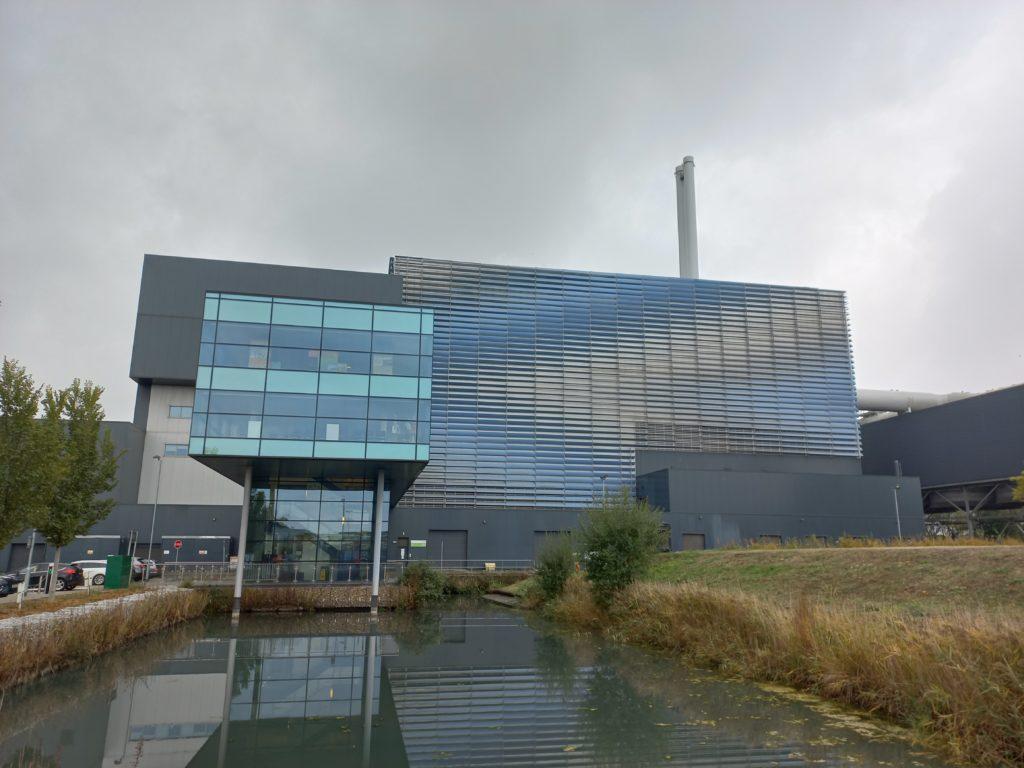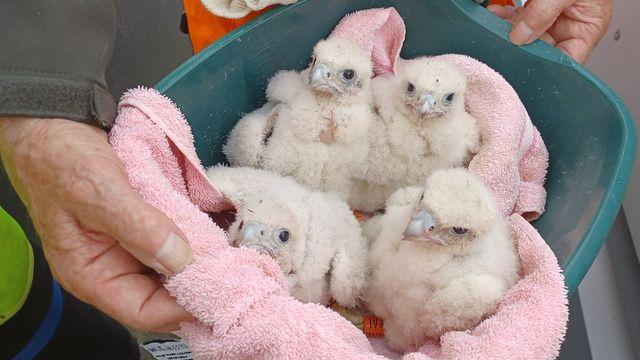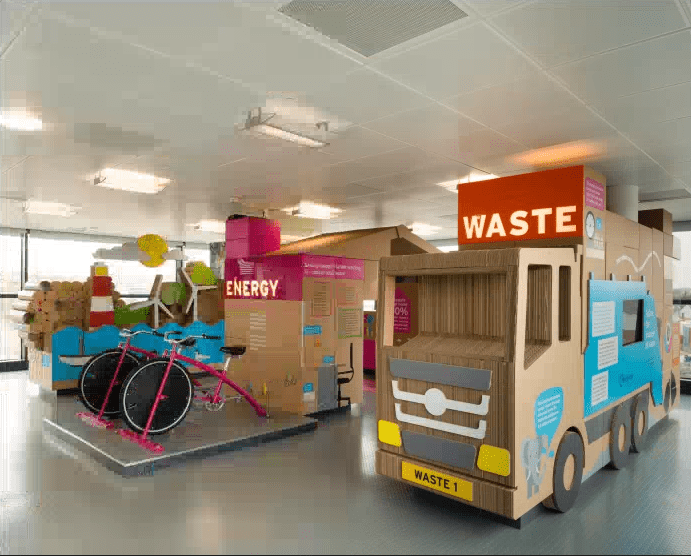Five surprising facts about the Suffolk energy-from-waste facility
14th November 2022
Since 2014, our Suffolk energy-from-waste (EfW) facility has been putting waste to good use by converting waste materials into energy to generate electricity. The facility, in partnership with Suffolk County Council, processes 295,000 tonnes of waste a year from households and businesses across Suffolk. What makes this facility so unique? Here are five surprising facts about the Suffolk EfW.

It was designed by the same designers as the Eden Project
The Grimshaw Architects, who also designed the Eden Project in Cornwall, were commissioned to design the facility. They aimed to create a balance between industry, nature and the community. The reflective louvres are designed to reflect the changing Suffolk sky and alter the appearance of the building depending on the angle you’re looking from and the time of day. The building has even been awarded an ‘Outstanding’ rating from BREEAM – an established sustainability assessment for projects and infrastructure. This high rating places the facility in the top 2% of all BREEAM assessed buildings.
It’s buzzing with biodiversity
At the front of the building lies a self-seeding wildflower meadow, which inhabits many native species of plants as well as a bug hotel. The meadow also houses five beehives, with around 250,0000 bees – the colonies have produced more than 70kg of honey so far. Further encouraging biodiversity, mature trees were preserved during the development project and a further 150 trees have been planted since construction.
It’s home to a pair of Peregrine Falcons

A pair of peregrine falcons have taken up residence at the facility. After the local team frequently spotted the Falcons, they decided to install a nesting box for the birds on the roof of the building. With the help and advice of a local bird of prey expert, the nesting box was installed, and last year, four chicks were born, which have since flown the nest. You might be wondering why the Falcons decided to nest in such an unusual location – it’s because tall buildings mimic the cliff edges that they would naturally nest upon. As Peregrine Falcons are a protected species in the UK, the local team were delighted to be able to offer this pair a safe home for the future.
It generates enough electricity to power 40,000 homes
During the EfW process, the heat released from combustion is used to convert water to super‑heated steam. This steam drives a turbine to generate electricity which is then exported to the grid. The facility not only powers itself but also provides electricity to the National Grid – enough to power 40,000 homes! What’s more, none of the materials which are processed go to waste: metals are recycled, and the ash produced is used as an aggregate in local building projects.
It hosts free educational tours
 Since opening to the public in 2015, the visitor centre has had more than 7,500 visitors through its doors, ranging from schools to community groups and clubs. During the guided tours, visitors have the chance to see the energy from waste process in action, while learning about the need to find alternative sources of energy. The state-of-the-art visitor centre also provides an interactive experience for people to learn about reducing, reusing and recycling waste.
Since opening to the public in 2015, the visitor centre has had more than 7,500 visitors through its doors, ranging from schools to community groups and clubs. During the guided tours, visitors have the chance to see the energy from waste process in action, while learning about the need to find alternative sources of energy. The state-of-the-art visitor centre also provides an interactive experience for people to learn about reducing, reusing and recycling waste.
If you would like to learn more about the Suffolk energy-from-waste facility or book a tour, get in touch here.
Tweet